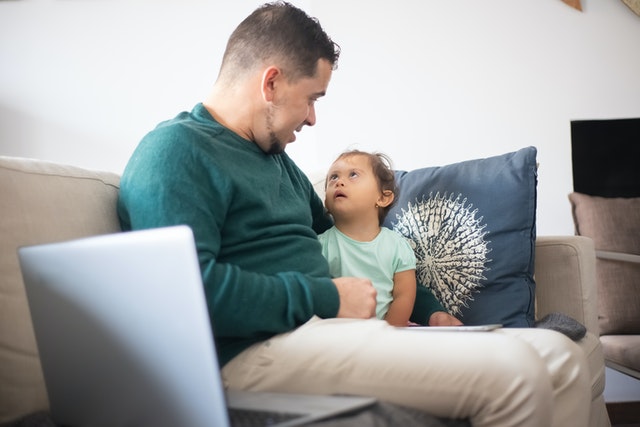The tragic news of a child suffering from a birth injury can be extremely daunting for parents. Reactions may vary. While some parents may have many questions about the nature, treatment, and cure of this ailment, others might feel their world is crashing down with no light at the other end.
 Photo by Kampus Production from Pexels
Photo by Kampus Production from Pexels
There are several types of birth injuries, including severe ones such as cerebral palsy.
Cerebral palsy is a set of disorders that impact motor functions, affecting a child’s ability to move or maintain balance.
The feeling of anger, fear, and shock are all justified reactions from parents. However, the worst of these reactions is their feeling that the world has ended or their child has no hope of surviving with cerebral palsy. In reality, timely and proper treatment can improve the symptoms and quality of your child’s life. Besides, getting out of the shock as soon as possible is beneficial for your child and family. This way, you can concentrate on the remedial measures and arrange the best medical help for your baby.
Cerebral palsy impacts every child and family differently, so no two cases are identical. Hence, their approach can also be very different. However, here are a few general tips that can help parents in raising a child with cerebral palsy by coping with it in the best possible manner.
- Discuss your child’s condition with the family
While the condition is common, it is often surprising to see how many people know nothing about cerebral palsy. Even amongst parents, it is often only one who researches their child’s medical condition. Therefore, it is essential to tell all the family members about the child’s condition, how cerebral palsy affects the baby, the proper way to handle it, etc. The family can also sit with the baby’s doctor, who can explain the entire situation in simpler words and answer their questions.
The most significant advantage of involving the entire family is dividing the burden of looking after the baby. Similarly, parents can also split their responsibilities based on their work arrangements.
- Let your child have a life of their own
While it is normal for parents to be overly concerned about their child with a birth injury, keeping the child to yourself is often not advised. Never forget that your kid has a life of its own, too —Let them play with their siblings and lead a normal life. Keeping the child away from others can make it a norm for others to hesitate to come near the child, leading to association issues with family members.
On the contrary, by encouraging your child to participate in fun activities, they have a better chance of living a happy life and learning good things by spending time with siblings. Therefore, treat your child with cerebral palsy the same way you treat your children who are not suffering from any medical condition. Don’t make them feel like they are any different, less able or missing something. Instead, let them see that they are valuable, like other kids in the family. This will help them develop their targets and work to achieve them confidently.
- Get your child into a therapy program
Finding the right kind of therapy treatment for your child should be the foremost priority after learning about cerebral palsy. Early treatment means going through everyday life without any delays for a child. With cerebral palsy, your child’s muscle starts developing specific patterns. A quick induction in a therapy program means that your child can learn about the correct patterns. The more therapy sessions your child receives at a young age, the better their chances of performing activities with ease. You can go to the clinic for these sessions or schedule visits for a therapist to treat the child at home. Some children do not like therapies; hence they may scream or cry. You can deal with this situation by diverting their attention to something interesting like videos or playing a game. Moreover, a skilled therapist will know how to calm a fidgeting baby.
- Make sure they develop an interest in sports
Your child may not be able to play the same sports as your other kids, or any other kid does for that matter. But make sure they get involved in sports that keep them active. Since they may feel uneasy about moving their body, it is common to find a child avoiding and showing less interest in sports. But you have to help them learn, play and encourage them to do more. Help them maintain their balance if they are of age. The goal is to keep their muscles active and to stimulate movement.
Conclusion
Living with a child with cerebral palsy is physically and mentally tiring. It might often seem impossible to get through this and experience stress, which is normal. However, the way to cope with this situation is to accept the reality and realize that there are still ways to help your kid lead a normal life. Things like an early treatment and therapy program, encouraging the kid to play and engage with others can help your child achieve their potential. However, as mentioned earlier, involving the whole family in this process can help you cope and accept reality.
Related Posts: